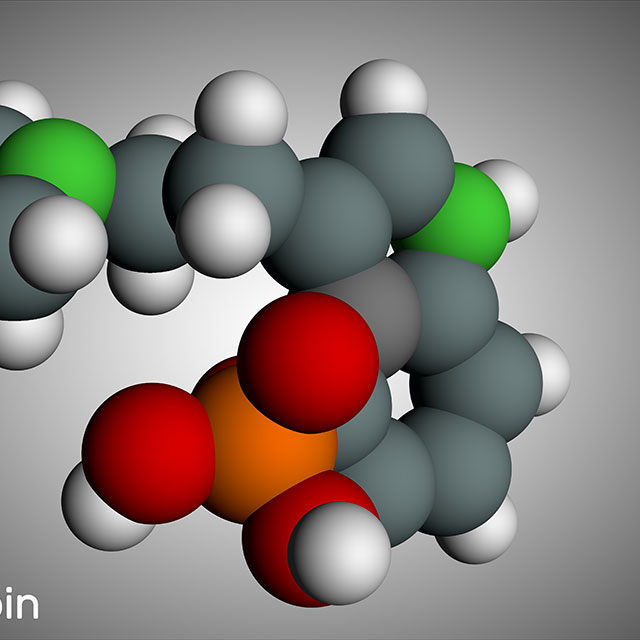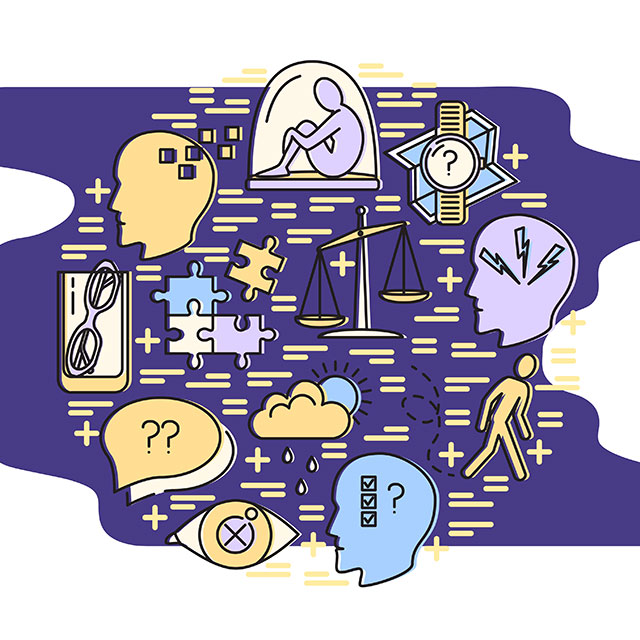As an undergraduate, Andrea Young taught a summer school course to youth in Washington, D.C. She worked to build relationships with her students, some of whom appeared to be experiencing mood symptoms and behavior problems. “It got me wondering,” recalls the child and adolescent psychologist: “Where does aggression come from, and how can we change it?”
Young has been probing the topic ever since. The trouble with aggression, she says, is that “it tells us something is wrong, but it’s not specific to a single diagnosis.” She points out that the more impulsive and reactive type of aggression doesn’t have a distinct diagnostic home in the Diagnostic and Statistical Manual of Mental Disorders nor in the International Classification of Diseases. Yet, as the leading cause of referrals to outpatient mental health providers, aggression contributes to a host of public health problems, including emotional distress, property damage and incarceration.
In a recent paper published in the Journal of Clinical Child & Adolescent Psychology, Young and her colleagues shared results of a study that aimed to develop a data-driven definition of impulsive/reactive aggression (“AIR”— an acronym she and her collaborator have coined) in children ages 5 through 18. They set out to establish distinctions between impulsive/reactive aggression and other common childhood symptoms, such as rule-breaking behavior, depression and mania.
The study builds on research from a 2007 investigation by Jensen and others, who conducted secondary analysis on data drawn from a sample of youths seeking outpatient mental health services in academic medical centers and community clinics to assess bipolar disorder. Young replicated the methods from Jensen and others in three separate analyses with three different datasets. She and her colleagues enlisted the help of three experts, who independently rated items from several widely used scales that assess AIR. Items selected by the raters were then analyzed, along with symptoms of other common childhood problems, using principal component analysis. This analysis identified five dimensions of symptoms, including impulsive/reactive aggression, depression, mania, self-harm and rule-breaking behavior.
“It wasn’t enough to say what we think,” says Young. “We wanted to back it up with data. We’re breaking new ground in identifying a rational, data-driven definition of AIR across three datasets.”
Some kids, she explains, seem more inclined toward acts of aggression, often overreacting to things that appear trivial to others, but have no evidence of a mood disorder. Others have components of mood disorders. “We set out to better define the more reactive kind of aggression.” She explains: “You stepped on my toe, so I’m going to step on yours might be more characteristic of a child with AIR.”
The study covered children with large age differences across the datasets. There were many shared measures, as well as distinctions that could affect how aggression was represented in the study. “It was very exciting to find the AIR components in all three datasets,” says Young.
The next step, says Young, is to take children’s scores across dimensions, including AIR, depression and mania and — based on where they fall — determine whether they point to distinct subgroups of youth; e.g., kids who scored high on AIR but low on depression.
Ultimately, Young hopes that better characterization of AIR will lead to improved assessment, treatment and outcomes for children with these symptoms. In addition, she sees a role for school systems to identify those showing signs of AIR. “I’m very excited,” she says, “because it has the potential to change lives.”

